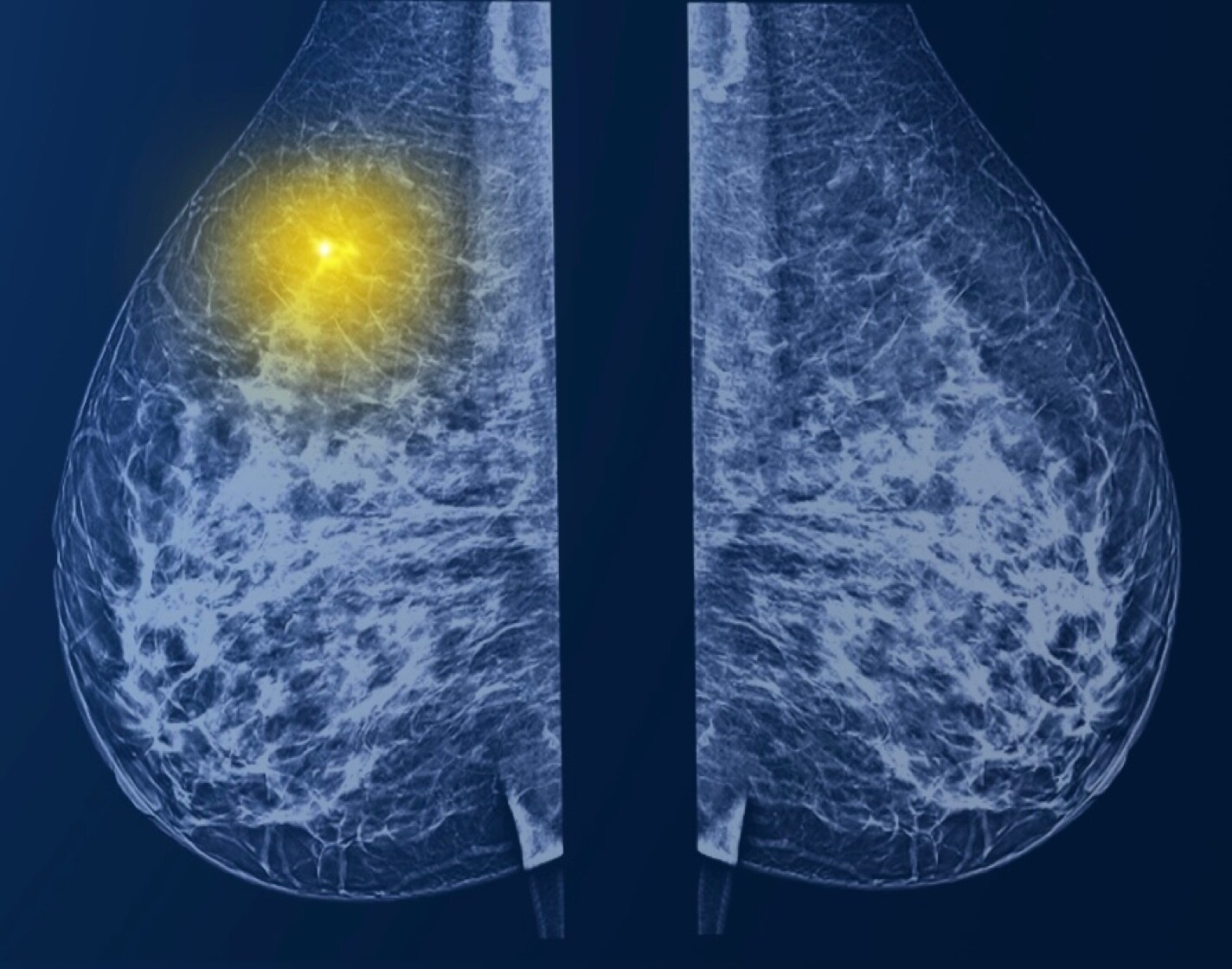- Breast Density
- Breast Cancer
- X-Ray
The Challenge With Dense Breasts
Women presenting with dense breasts are at twice the risk of developing breast cancer,2-4 and the excess amount of fibroglandular tissue is a challenge when detecting tumors on a mammogram.5-6
Automatically Calculate Percent Breast Density in Zero Clicks
ClariSIGMAM is a software application intended for use with compatible full-field digital mammography systems by calculating percent breast density, which is defined as the ratio of fibroglandular tissue to estimated total breast area.
ClariSIGMAM uses this numerical value to provide breast density group information (BI-RADSA+Bas fatty and BI-RADSC +Das dense) to aid you in the assessment of breast tissue composition.1
Consistency.
Compliance.
Seamless Workflows.

Helps ensure that clinicians make consistent clinical decisions in an objective and convenient way1
Consistent standardized report format to help comply with breast density notification laws1-8

Seamless integration with PACS9
1. ClariSIGMAM User Manual
2. Mann RM, Athanasiou A, Baltzer PAT, et al. Breast cancer screening in women with extremely dense breasts recommendations of the European Society of Breast Imaging (EUSOBI). Eur Radiol.2022;32(6):4036-4045.
3. McCormack VA, dos Santos Silva I. Breast density and parenchymal patterns as markers of breast cancer risk: a meta-analysis. Cancer Epidemiol Biomarkers Prev. 2006;15(6):1159-1169.
4. Boyd NF, Guo H, Martin LJ, et al. Mammographic density and the risk and detection of breast cancer. N Engl J Med. 2007;356(3):227-236.
5. NIH National Cancer Institute. Dense Breasts: Answers to Commonly Asked Questions. Accessed April 18, 2023. https://www.cancer.gov/types/breast/breast-changes/dense-breasts
6. Centers for Disease Control and Prevention (CDC). What Are the Risk Factors for Breast Cancer? Accessed April 18, 2023. https://www.cdc.gov/cancer/breast/basic_info/risk_factors.htm
7. VII Performance Data
8. Densebreast-info. FDA National Reporting Standard. Accessed April 18, 2023. https://densebreast-info.org/legislativeinformation/national-reporting-standard/
9. Claripi 510K K203785
Currently not available within the Calantic Viewer.








